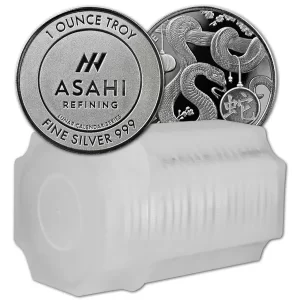The chemical, physical, and application properties of gold and brass are highly different, despite the two metals having a distinctive golden metallic shine. Brass, is an alloy made of copper and zinc whereas gold is a pure metal.
The Physical Variations Between Brass and Gold:
The following points can help in distinguishing:-
-
The appearance and colour:
Brass is more muted than gold, despite not being a bright yellow. However, gold has a golden colourbecause it is considerably more shiny. The metallic shine that is distinctive to gold can be lost due to impurities. The brightness of jewellery depends on the gold’s purity. If it is less than 12 Karats, it can be challenging to discern between gold and brass.
-
Softness And Malleability:
Due to the great hardness of brass, surfaces will not be stained yellow. Additionally, gold is more malleable than brass. Therefore, these materials are more durable than iron, you will see many statues made of bronze and brass as a result. However, when gold is at its purest, it may easily form shapes.
-
Magnetism:
All you need is a magnet to tell whether your precious metal item is brass or gold. Since iron is a magnetic metal, the magnet adheres to brass since it contains iron. On the other hand, gold is pure and would not budge even an inch when subjected to a powerful magnet.
-
Analyzing the metal’s density:
Brass has a density of 8.5g/cm compared to gold’s 19.3g/cm. Pour boiling water into a cup, then put the chain inside the container to gauge its density. Water that spills should be caught and weighed. Likewise, divide the chain’s weight by the amount of water that was spilled. The chain will weigh 19.3 times more than the water if it is composed of gold. If it’s made of brass, it will weigh around 8.5 times as much as water. Two brass bars are equal to one gold bar.
-
Conduction of electricity:
Alloys have a lower electrical conductivity than active elements, whereas metals do. Brass, for instance, has copper conductivity of 28%, but gold has copper conductivity of roughly 70%.
-
Difference in chemical properties:
To find out whether a metal is brass or gold, it is essential to do a laboratory test. The periodic table gives gold the chemical element designation Au79, which stands for pure metallic. Brass, on the other hand, is a copper and zinc composition.
-
Acid test:
Add a few drops of strong acid that can be poured on a piece of brass while holding your metal object tightly in order to combine zinc and copper to create nitrous compounds. As a result of its reactivity, zinc can create zinc nitrate. In concentrated solid acid, copper can oxidise through. The liquid nitric acid won’t affect pure gold because it is inert scientifically.
-
Rusting:
Metals rust or tarnish when they combine with oxygen in both natural and artificial conditions to form a compound. When brass comes into contact with environmental oxygen, it reacts and tarnishes. No oxidised components can be found in pure gold.
-
Examine The Marker:
A hallmark is a mark that shows where the gold came from and how pure it is. Despite having no karat, most manufacturers would label their products as “brass.”
-
Purity Rating Gold:
Gold is given a purity rating, often known as a character count. 24 Karats is the purity level for pure gold. The quantity of karats serves as a gauge for an alloy’s gold content. No gold is present in brass, which is formed of zinc and copper.

 Hi,
Hi,






















